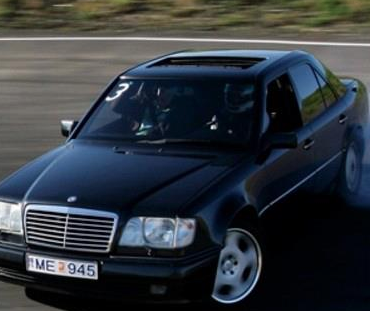It will come as no surprise that many victims of trauma are intoxicated by alcohol. Which gives rise to the not insignificant forensic question as to whether the usual alcohol elimination rate will still apply or, does trauma affect the typical linear elimination of alcohol? And, if so, to what degree? Add to that the additional potential influence on elimination of alcohol being infusions of large volumes of fluids and blood IVs used in the treatment of trauma, and we’ve got great fodder for this blog.
Laboratory Studies
The use of activated and superactivated charcoal, or magnesium citrate solution has been found not to significantly affect the blood alcohol elimination rate (WOA10803, WOA10804). The infusion of 1 litre of saline IV had no effect on the elimination rate of ten healthy drinking subjects (WOA10802).
The most extreme laboratory study on drinking subjects involved the removal of 500-750 mL of blood, and its replacement several hours later. Some subjects were also administered 500 mL of a blood volume substitute IV. Neither the loss of blood nor the addition of blood or fluids IV had any effect on the blood alcohol curve (WOA10801).
The reason why IV fluids/blood transfusions had no significant effect on the blood alcohol concentration or elimination rate is that alcohol is a unique drug that is distributed to the total body water of approximately 40L and not just the blood volume (approximately 5 litres).
Trauma Patients
The serum alcohol concentrations (SACs) from at least 3 sequential blood samples from 150 intoxicated patients attending an inner-city hospital were determined by an enzymatic method (WOA10805). Forty-five percent of the patients were admitted to hospital as a result of head and/or other trauma. Two patients were excluded as their second SAC was higher than the first but these patients had consumed a large amount of alcohol bolus, within 30 minutes of the collection of the blood samples. All the other SAC curves were linear. The mean range of alcohol elimination was 0.02 g/100mL/h with a range of 0.010 to 0.037 g/100mL/h, which is in the typical range of untraumatized patients.
In another Emergency Department (ED) study, multiple breath alcohol concentrations were determined in 24 intoxicated patients with an Intoxilyzer 1400 (WOA10806). Forty-five percent of the patients had suffered craniofacial trauma. The mean rate of alcohol elimination was 0.020 g/100mL/h (95% Confidence Interval, 0.017-0.022 g/100mL/h), which is in good agreement with the previous study. The authors state:
“Alcohol use is involved in 50% of accidental deaths and 10% of all fatalities in the United States. One-third of ED patients seen during the evening hours may be intoxicated. Inebriated automobile drivers are more likely to suffer injury and death than sober drivers. Thus, emergency physicians will often be confronted with intoxicated patients who are frequently at risk for serious illness or injury” (WOA10806).
The venous and arterial blood alcohol elimination was determined from serial blood samples collected from ten patients with polytrauma and hypovolemic shock (WOA 10807). The alcohol concentrations were analysed by gas chromatography and enzymatic methods. The following Table lists the patients in which the most blood samples were collected, which allows for a more accurate determination of the elimination rate.
In addition, these patients received up to 6 litres of IV fluids and 3 litres of plasma, yet the blood alcohol curves were linear and the rates of alcohol elimination were not abnormal.
In only two patients was a BAC plateau (or a virtually zero elimination rate) observed. One had a total hepatic failure just hours prior to death and the other had the blood flow to the liver clamped during a surgical operation. The liver of course, is responsible for 90 to 95% of the elimination of alcohol (WOA10305).
A high rate of alcohol elimination of up to 0.031 g/100mL/h has been observed in patients suffering from burns due to the burn-induced hyper-metabolic state (WOA10808).
IV fluids can cause a lower BAC if the blood is collected near the site of the IV infusion due to the dilution of blood by the fluids. In this case, the blood usually appears to be very watery (WOA10809).
Conclusions
The rate of alcohol elimination appears to be mainly unaffected by multiple trauma, blood loss and transfusions, unless liver blood flow is greatly reduced. Collection of blood samples near the IV infusion site may lower the BAC by diluting the blood. Burn patients may have a higher rate of alcohol elimination due to hyper-metabolism.
Congratulations!
I would like to congratulate Pat Harding, who is having a well-earned retirement at the end of this year as the Supervisor of the Toxicology Section of the Wisconsin Laboratory of Hygiene and for being awarded the Ray Abernethy award from the American Academy of Forensic Science. His published studies assisted greatly in Ontario’s breath alcohol program when it switched over from the Breathalyzer to the Intoxilyzer 5000.
I would also like to congratulate Wayne Jones on his retirement from the Swedish National Board of Forensic Medicine (one day later than Pat). He has published the most research in forensic alcohol toxicology ever! He has contributed immensely to the field of forensic alcohol toxicology. Fifty-six of his studies are cited in my book – the most of any author.




